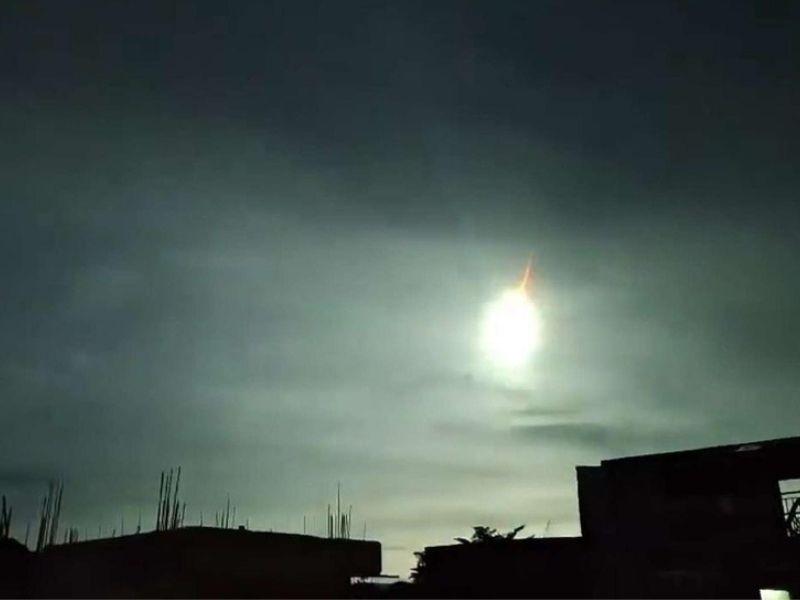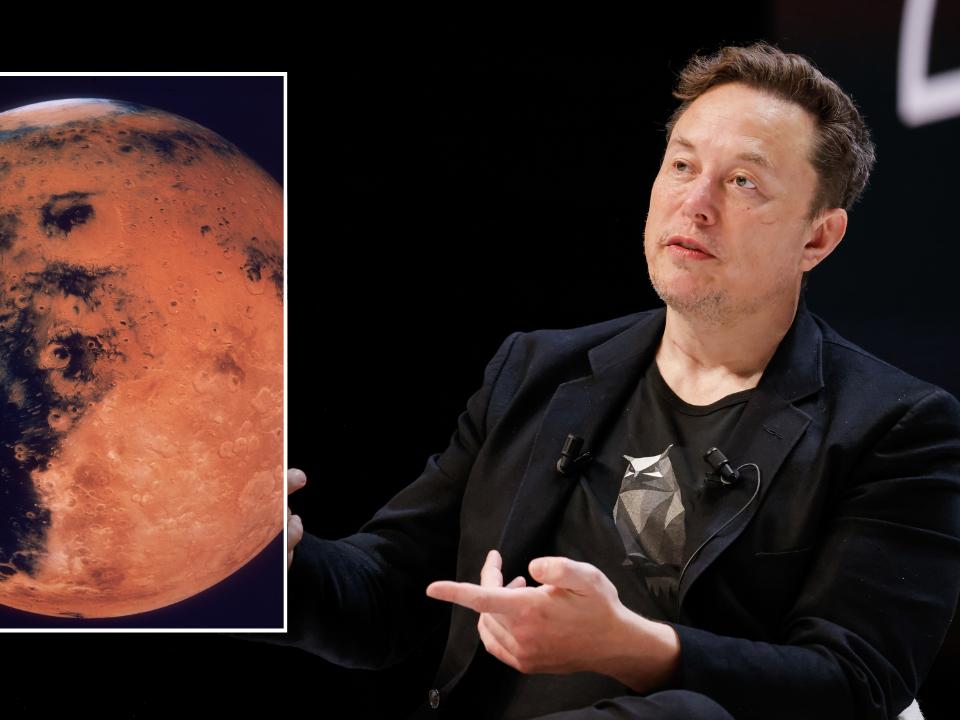On September 4, 2024, a small asteroid designated 2024 RW1 entered Earth’s atmosphere and disintegrated over the Philippines, creating a spectacular fireball visible from the eastern coast of Luzon island. The asteroid, approximately 1 meter in diameter, was first detected by astronomer Jacqueline Fazekas of the Catalina Sky Survey, a NASA-funded program, just eight hours before its atmospheric entry.According to the European Space Agency (ESA), this marks only the ninth time that an asteroid has been detected before impact. The event has highlighted the improving capabilities of planetary defense systems and early detection technologies.The asteroid entered the atmosphere at 16:46 UTC, traveling at a speed of approximately 63,360 km/h (17.6 kilometers per second). Despite its high velocity, the small size of the asteroid meant it posed no threat to Earth. Dr. Ishaq bin Yahya al-Shuaili, Chairman of the Omani Astronomical Society, confirmed that the asteroid burned up completely upon entering the atmosphere due to its small size.NASA’s Asteroid Watch reported that the asteroid released approximately 0.2 kilotons of TNT-equivalent energy upon impact, significantly less than the 440 kilotons released by the Chelyabinsk meteor over Russia in 2013. The event was captured on video by numerous observers and shared widely on social media platforms.This incident serves as a reminder of the ongoing efforts in planetary defense. NASA has already tested methods to deflect potentially hazardous asteroids, and the ESA’s Hera mission, scheduled to launch later this year, will study the asteroid that was deflected by the DART mission. As Alan Fitzsimmons, an astronomer, noted, “An object as small as this cannot cause damage on the ground, we are protected by the Earth’s atmosphere”.
Key points
- Asteroid 2024 RW1, approximately 1 meter in diameter, was detected before entering Earth’s atmosphere and disintegrating over the Philippines.
- This marks the ninth time an asteroid has been detected before impact, showcasing improvements in early detection capabilities.
- The event highlights ongoing efforts in planetary defense, including NASA’s asteroid deflection tests and ESA’s upcoming Hera mission.



